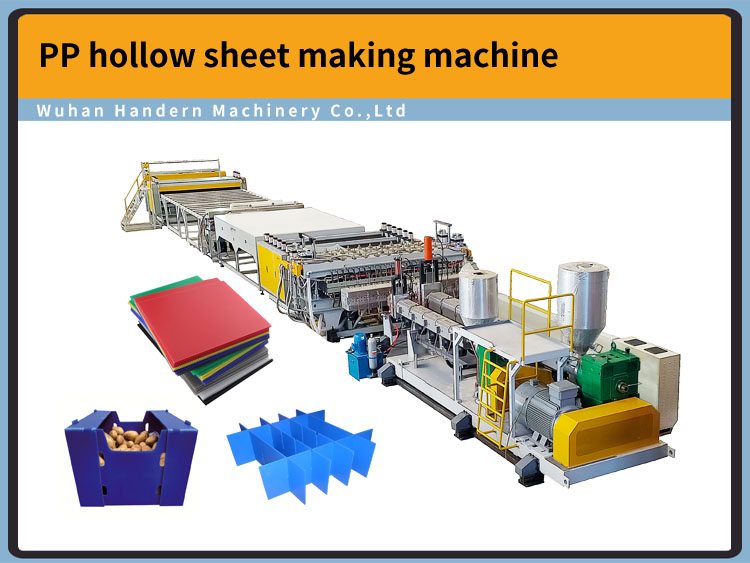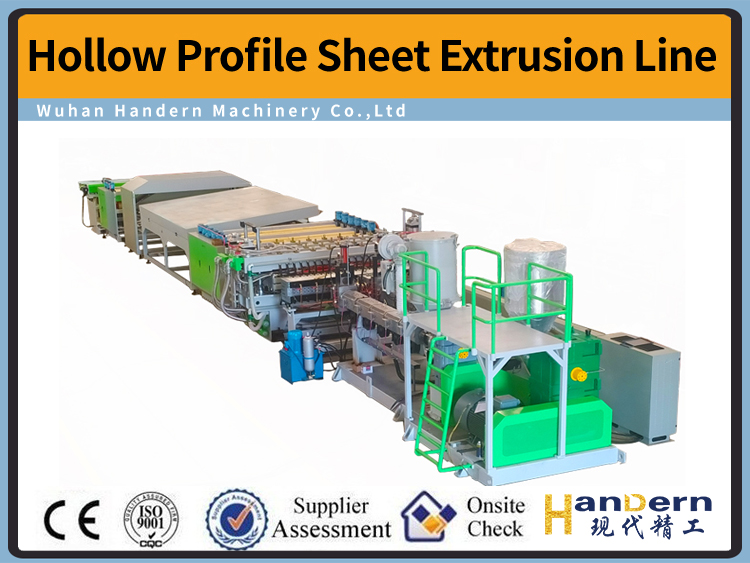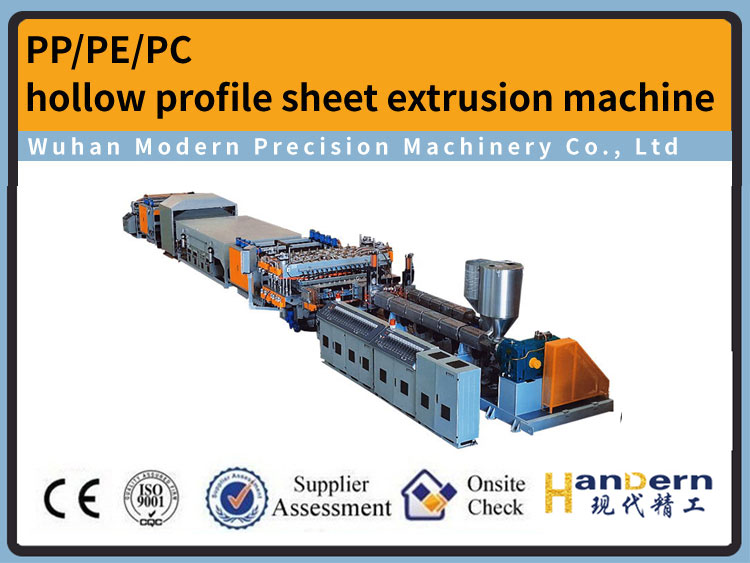Production of typical products of polyvinyl chloride foam
DATE:2021/12/20 9:08:01 / READ: / SOURCE:This station
Production of typical products of polyvinyl chloride foam
1. Low-foaming PVC pipes
Rigid polyvinyl chloride (UPVC) extruded low-foaming pipe is one of the important new pipes developed in recent years. The extrusion molding of low-foaming products can generally be divided into two types: controllable foaming (also called skinning foaming) and free foaming.
The skinning and low-foaming UPVC pipe produced by an ordinary single-screw or twin-screw extruder has similar performance to the core-layer foamed pipe co-extruded by two twin-screw extruders, but the equipment investment is reduced by 40% and the mold is reduced 50%, the production cost is greatly reduced, the quality is stable, the operation is easy, and the economic benefit is remarkable. The pipe has low relative density, good heat preservation performance, acid and alkali corrosion resistance, and easy secondary processing. Compared with ordinary hard PVC pipes, in addition to having the basic properties of ordinary hard PVC pipes, it also has the advantages of greater rigidity, small shrinkage, and low thermal conductivity. It has developed rapidly in recent years. The pipe is mainly used in low-pressure drainage systems such as indoor drain pipes, rainwater pipes, sewage pipes, and communication cable sheaths. The following mainly focuses on skinning and foaming, and introduces its production process.
2. Process flow
The process flow of using domestic single-screw and twin-screw extrusion equipment to produce low-skinning and low-foaming pipes is as follows.
Single screw extrusion process
Raw material one weighing one → kneading (high-speed mixing) one → extrusion granulation one → extrusion molding cooling and shaping one → pulling → cutting one → inspection one → product warehouse
Twin screw extrusion process
Raw material one → weighing one kneading (high-speed and cold mixing) one extrusion molding one cooling shaping one traction cutting inspection one → product warehouse
The twin-screw extruder process does not require a granulation process, and the raw materials can be directly extruded after kneading, and the output is high, and the requirements for a stable system are not too harsh
3. Production process
(1) The kneading process is the same whether single-screw or twin-screw equipment is used for kneading. Usually, a high-speed kneader is used in conjunction with a cold mixer to control the temperature of the material at 100-110°C and fully knead to disperse various materials. Evenly. It is worth noting that the feeding should be carried out in order; the discharging should be cold-mixed. In the absence of cold stirring, attention should be paid to turning the material to fully cool the kneaded material to prevent a large amount of accumulation and difficulty in scattering. Block or decompose ahead of time.
(2) Extrusion molding When single-screw extrusion molding, the control of extrusion granulation temperature and extrusion molding temperature is the key point of the process. Normally, it should be operated at low speed after starting (the screw speed is within 10rmin). After the material is plasticized and extruded normally, the speed should be gradually increased according to the product specifications.
Author:admin




